Morro Bay is a popular destination for sailing, paddling, kayaking, and swimming. In order for people to safely recreate in the bay, the waters must be clean. Our program monitors pathogens in Morro Bay and the creeks that drain into it to determine if the waters are safe for recreation and other human uses. Creeks can provide recreation opportunities like local swimming holes. Beyond this, the water in the creeks eventually makes its way to the bay, so high levels of contaminants in the creeks can impact bay recreation, shellfish farming, and other bay uses. To track pathogens in our local creeks, the Estuary Program staff and volunteers conduct monthly monitoring. Data is shared with the public, partners, and local agencies.
What Are Pathogens?
Pathogens like viruses, bacteria, and parasites are small living organisms that can cause disease. Pathogens can make their way into waterways through many pathways including sewage spills, leaks in septic systems or boat waste holding tanks, stormwater runoff, and waste from pets, farm animals, and wildlife.
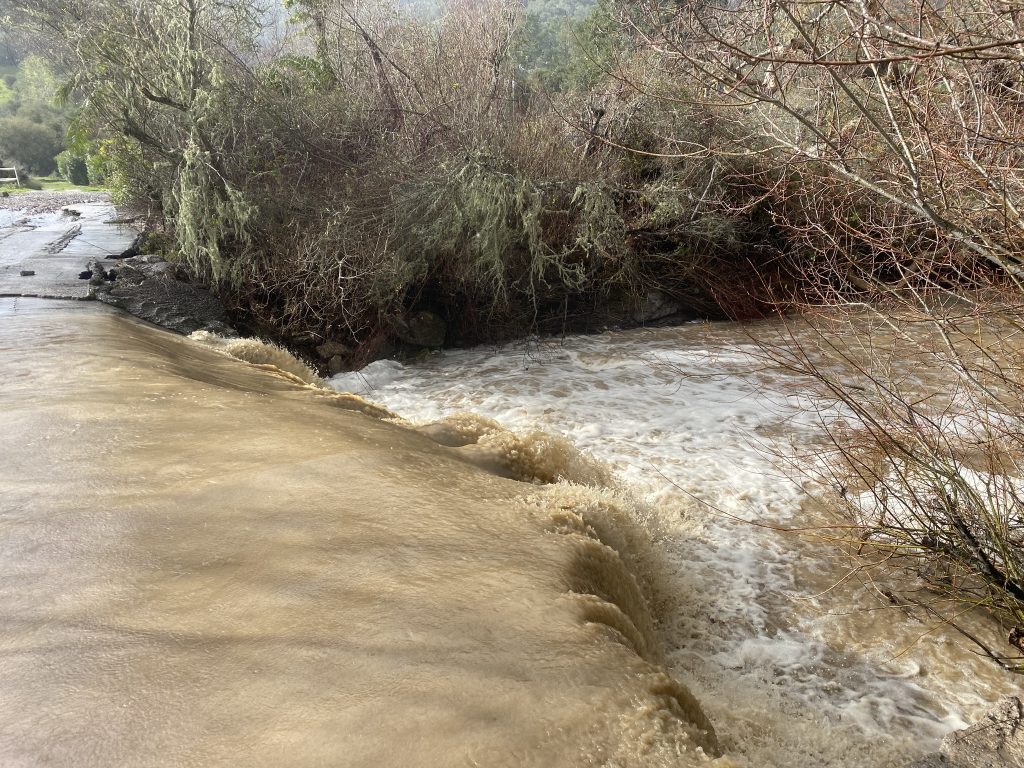
How We Monitor Creek Bacteria
There are numerous pathogens that can pose a threat to human health. Because testing for each individual pathogen would be costly and impractical, the Estuary Program tests for what are called bacterial indicators. These are the species that tend to be present when fecal contamination from warm-blooded animals is present. To assess pathogens in freshwater creeks, the Estuary Program uses an indicator bacteria called E. coli.
Each month, Estuary Program volunteers collect water samples from throughout the Morro Bay watershed for bacterial monitoring. At each creek monitoring site, samplers use gloved hands to fill a laboratory bottle with creek water. They then store the bottles in a cooler to ensure that they remain cold during transport.
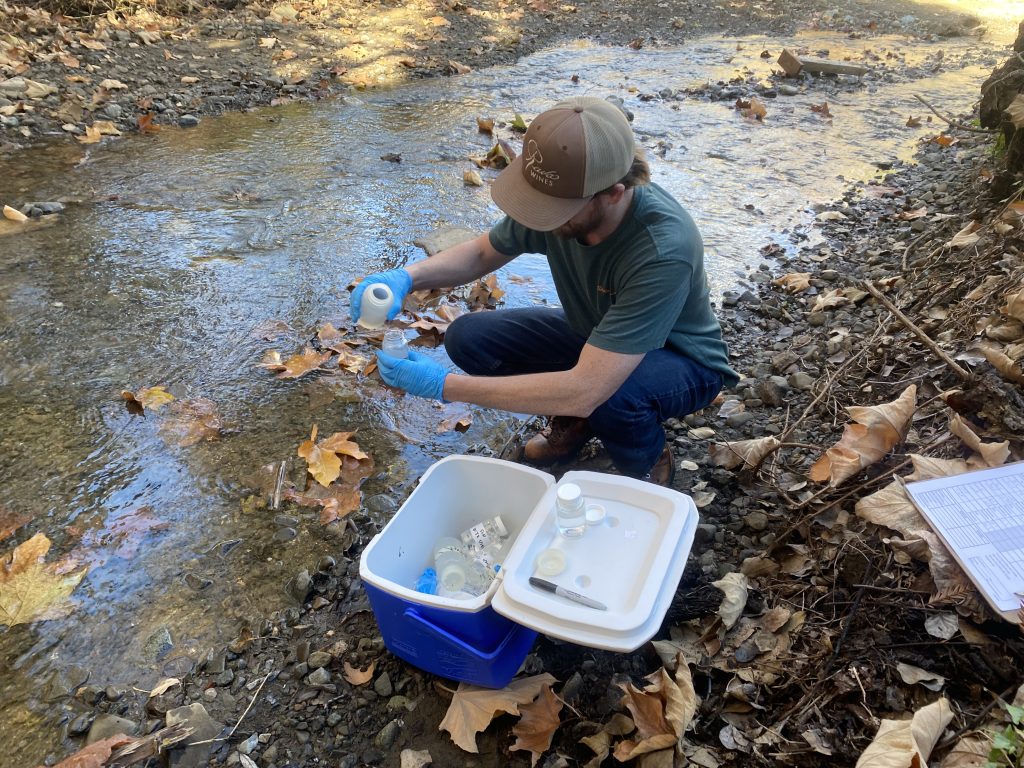
Back at the laboratory, the volunteers process the water samples using a standardized method developed by IDEXX. Volunteers mix the sample water with a reagent designed to detect the presence of E. coli, seal the samples in specialized trays, and incubate them overnight. The following day, the volunteers return to the lab to read the results. The volunteers read the trays by shining an ultraviolet (UV) light on them. If E. coli is present, the tray glows a vibrant blue color.
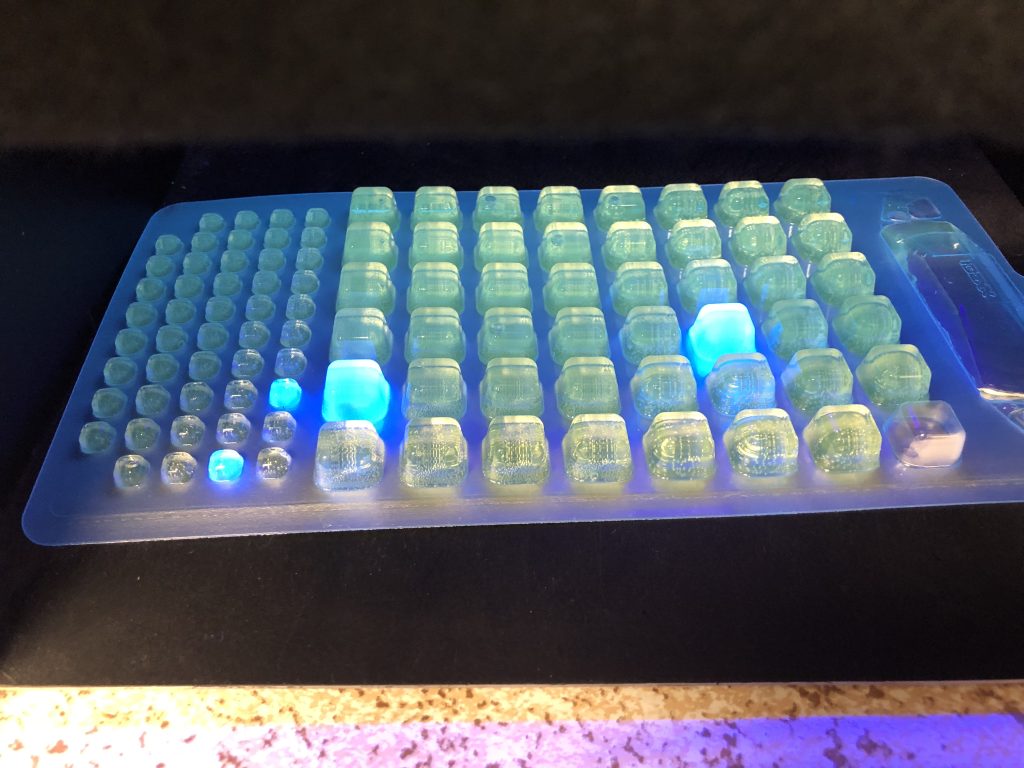
Partnership with Cuesta College
This project is made possible through a partnership with Cuesta College and Biology professors Drs. Laurie McConnico and Silvio Favoreto. Each month, Cuesta students collect and process creek water samples, with all analysis occurring at Cuesta’s Biology Department laboratory. This partnership gives Cuesta students a unique opportunity to learn real-world field and laboratory skills while supporting our program’s efforts to generate this valuable data.
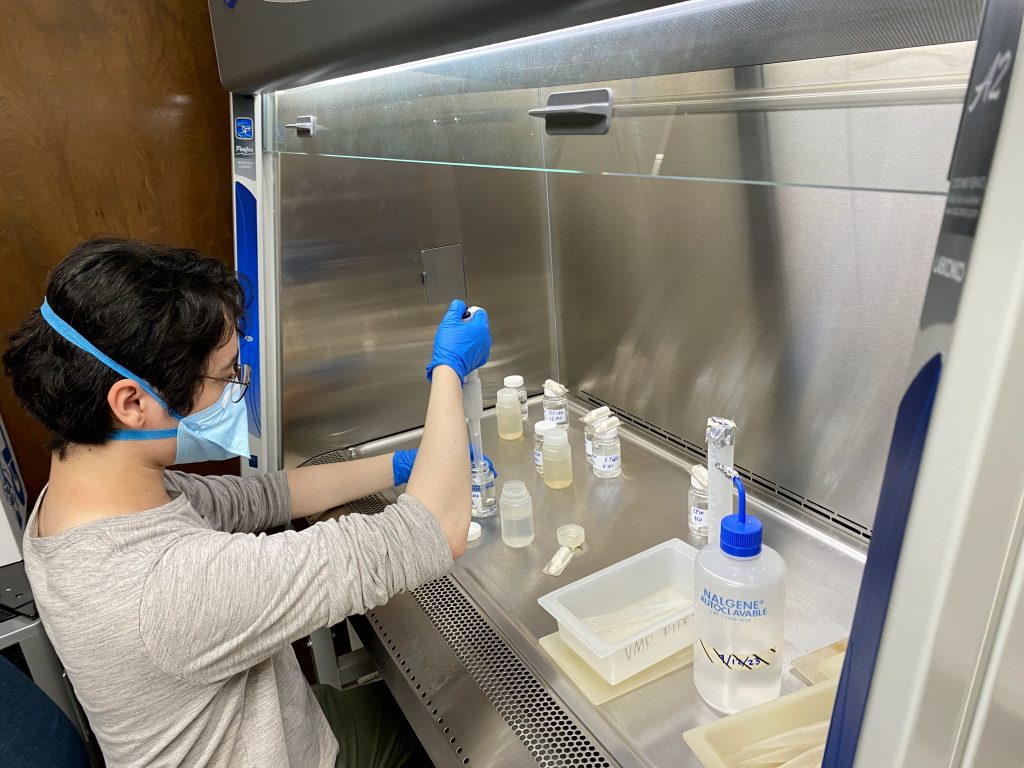
How the Data Are Used
The Estuary Program shares the bacteria monitoring results with local partners including agencies, nonprofits, and local landowners. The data can help identify potential sources of bacterial contamination so that we can work with partners to address them. The data also allows us to track long-term trends to determine if human health is being protected.
To view the monitoring data collected by the Estuary Program, visit the California Environmental Data Exchange Network (CEDEN) website at https://ceden.waterboards.ca.gov/.
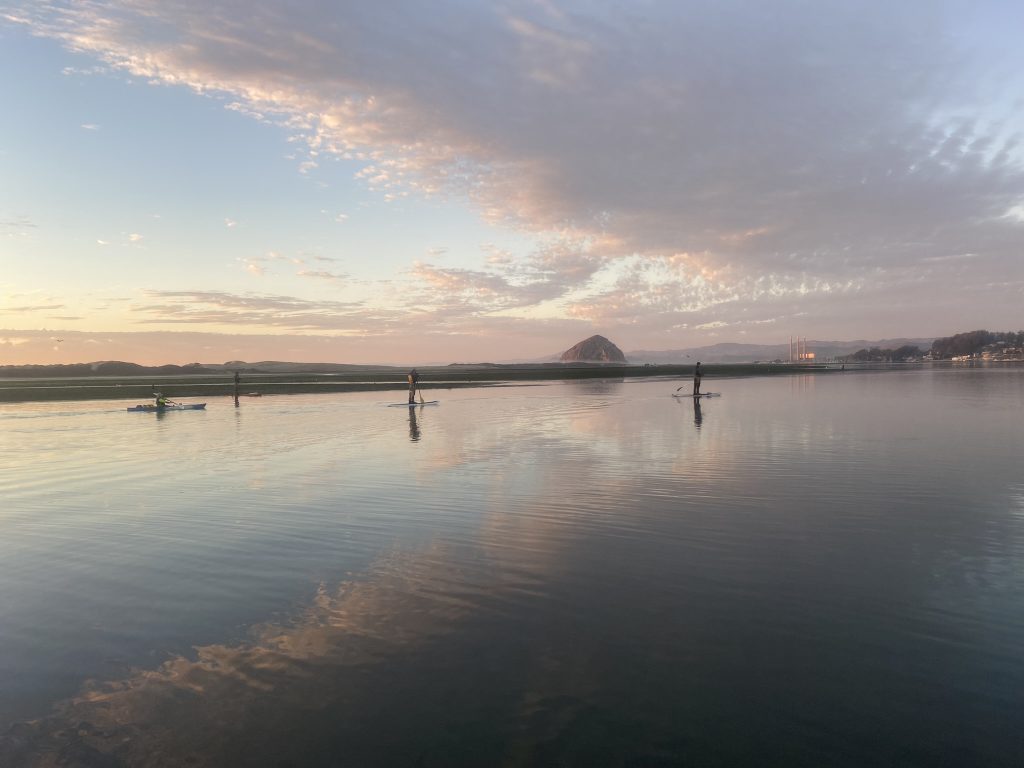
Help us protect and restore the Morro Bay estuary!
- Donate to the Estuary Program today and support our work in the field, the lab, and beyond.
The Estuary Program is a 501(c)3 nonprofit. We depend on funding from grants and generous donors to continue our work. - Support us by purchasing estuary-themed gear from ESTERO. This locally owned and operated company donates 20% of proceeds from its Estuary clothing line and 100% of Estuary decal proceeds to the Estuary Program. Thank you, ESTERO!
- Purchase items from the Estuary Program’s store on Zazzle. Zazzle prints and ships your items, and the Estuary Program receives 10% of the proceeds.
- Subscribe to our seasonal newsletter: Between the Tides!
- We want to hear from you! Please take a few minutes to fill out this short survey about what type of events you’d like to see from the Estuary Program. We appreciate your input!